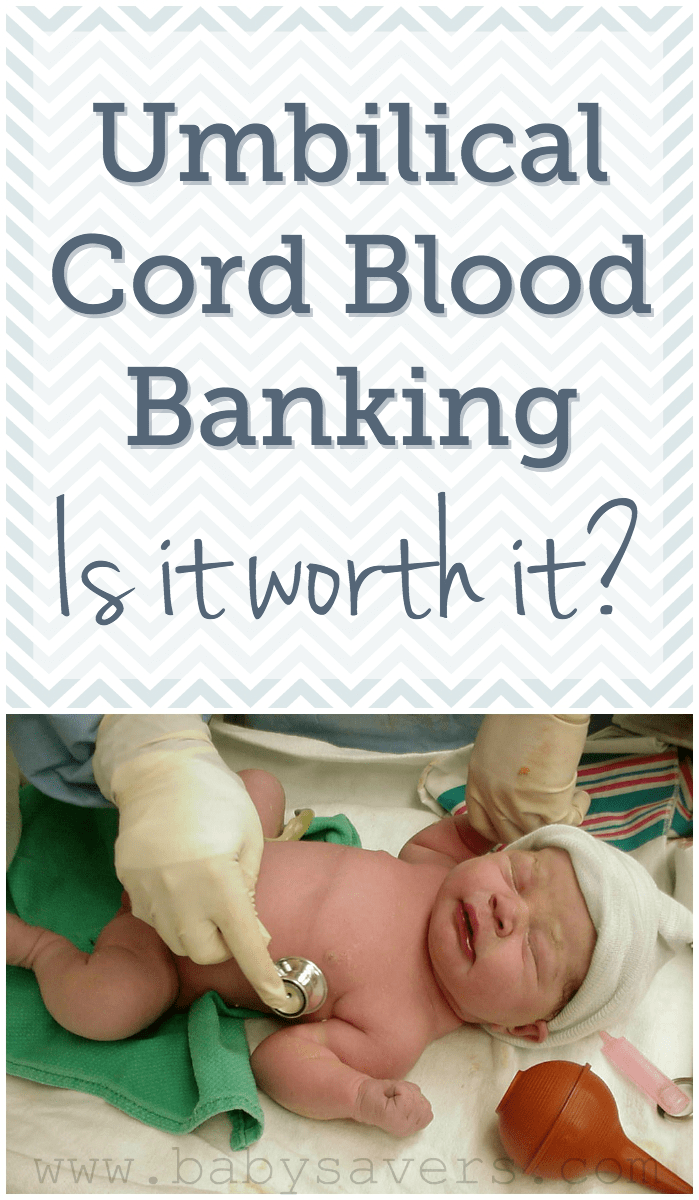Cord and tissue banking contain the gathering, processing, and storage of particular organic materials for potential future medical use. These practices provide opportunities for medical therapies and analysis. Here's an overview of twine and tissue banking:
Cord Blood Banking:
Cord Blood Collection:
Cord blood is the blood collected from the umbilical twine and placenta after childbirth. This blood is rich in stem cells.
The assortment course of is non-invasive and happens after the child is born and the umbilical wire is clamped and minimize.
Stem Cell Content:
Cord blood is a useful supply of hematopoietic stem cells, which have the potential to become varied kinds of blood cells.
These stem cells can be used within the therapy of certain genetic problems, blood cancers, and different ailments that affect the blood and immune system.
Cord Blood Banking Options:
Public Cord Blood Banks: Donated wire blood is stored in public banks, and it becomes obtainable to anybody in want of a stem cell transplant.
Private Cord Blood Banks: Parents can select to retailer their baby's twine blood in a non-public financial institution for his or her household's unique use. This includes a charge for assortment, processing, and storage.
Tissue Banking:
Tissue Types:
Tissue banking includes the collection and preservation of assorted types of tissues, such as skin, bone, tendons, heart valves, and corneas.
These tissues can be utilized for transplantation to replace broken or diseased tissues in patients.
Transplantation and Reconstruction:
Tissues stored in tissue banks can be used for numerous medical functions, together with reconstructive surgical procedures, orthopedic procedures, and treating burns or injuries.
For example, bone grafts can help in orthopedic surgeries, and skin grafts may be essential in treating burn victims.
Research:
Tissue banks additionally help medical research by providing researchers with useful samples for studies on ailments, remedies, and the development of new therapies.
Donation and Consent:
Tissue donation usually requires the knowledgeable consent of the donor or their household. Click to find out more and legal considerations play a major role within the donation course of.
https://mcleod-laustsen-2.hubstack.net/cord-blood-banking-serves-as-a-priceless-source-of-stem-cells-for-medical-treatments-and-research and Preservation:

Tissues are carefully processed, preserved, and saved underneath managed circumstances to maintain up their viability until they are wanted for transplantation or research.
Cord and tissue banking contribute to advances in medical therapies, offering choices for sufferers who require stem cell transplants or tissue replacements. These practices also support scientific research to better understand diseases and develop new therapies. It's important for people to make informed decisions relating to the donation and storage of twine blood or tissues, contemplating their potential medical benefits and moral concerns..
